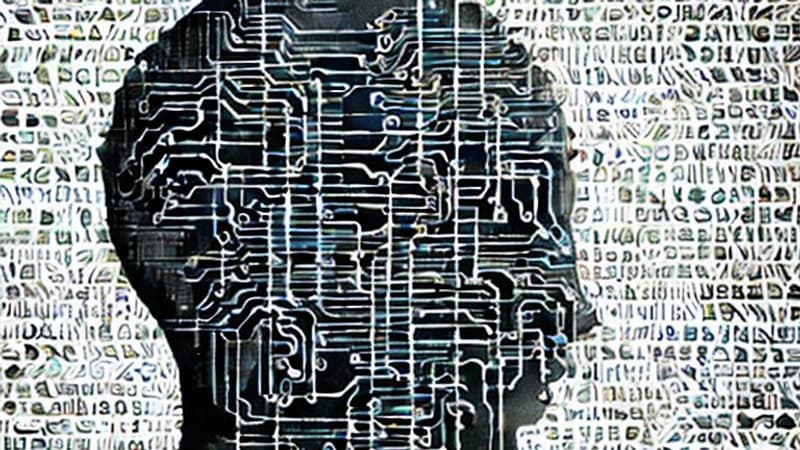Artificial intelligence is capable of the best and the worst. Generative image AIs like Midjourney can produce artwork, but they can also be used to create pornographic images and embed underage-looking characters into them.
Internet users thus exchange images of child pornography created by AI, and some even create AI specialized in this type of production. What does French law say about these images? Does their artificial origin make them a special case?
“What matters is representation”
“The law is clear: from the moment there is a pornographic representation of a minor, article 227-23 of the Penal Code applies,” says Laurent Morlet, a criminal lawyer from the Versailles bar association.
This article punishes the consultation of images of child pornography with 5 years in prison and a fine of 75,000 euros. Possession, as well as dissemination, even when only attempted, are punishable by the same penalties, which may be increased in the case of using an electronic communications network and committing it as an organized gang.
Unlike the actual photos of child pornography, the characters in the AI-generated images are completely made up. Does this change anything from a legal point of view? Not at all, emphasizes Laurent Morlet.
Therefore, AI-generated images fall into this category.
Action levers on the platforms
It is not the first time that justice has had to deal with this type of case. The cartoonist Bastien Vivès, for example, is the subject of an investigation for the dissemination of child pornography images through his comics. A medium used for a long time to represent child pornography, for example through manga and “lolicon” animations originating in Japan, which does not penalize fictitious representations.
The French courts have not yet had to rule on this phenomenon, for the moment quite limited according to experts quoted by the American media Bloomberg.
What about the sites that host this type of content or the AI models that generate it? Justice has several levers: the platforms that allow the transmission or storage of content “must contribute to the fight against the dissemination” of images of child pornography, according to article 6 of the law of confidence in the digital economy.
To do this, they must put in place a system for reporting this content by users, notify the authorities of these complaints, make public the media they dedicate to the fight against these illegal activities and keep the data that allows the user to be identified. responsible. In case of non-compliance, its leader is liable to 1 year in prison and a fine of 250,000 euros.
The State can also request the blocking of these sites by administrative decision, thanks to a decree published in 2015: the Ministry of the Interior can require access providers to block any query from these platforms in France, using the DNS blocking technique . A device that has already been used to block several pornographic manga sites hosting children’s drawings, and was mistakenly used to block all Telegram message links in May.
“Not all countries agree”
But enforcement of the platform’s rules already faces many hurdles.
For example, DNS blocking of sites can be bypassed without too much difficulty. A problem that also prevents the complete blocking of porn sites that do not verify the age of the users (that is, everyone), in defiance of the law.
For these measures to be more effective, they should be applicable beyond the French framework only, thanks to international agreements. However, a large part of the core companies in the AI sector (model creation, platform exchange, etc.) are domiciled in the United States, a country that does not exactly share the French conception of child pornography.
In a 2002 decision (Ashcroft v. free speech coalition), the United States Supreme Court struck down a provision that prohibited all fictitious depictions of pornography involving minors. One of the reasons: some could be protected by the First Amendment of the US Constitution, due to their artistic nature.
It is therefore difficult to imagine an international agreement that fully incorporates the rules in force in France. It is also necessary to address the development of “open source” AI, easily customizable and capable of operating on a personal computer without resorting to servers or a third-party platform and, therefore, without leaving a trace on the Internet, even if modified to generate images of child pornography.
Laurent Morlet qualifies this risk, but not for good reasons: “It’s hard to know if the demand for AI-generated images will be significant. Most of the time, unfortunately, these people are looking for real scenes.”
Source: BFM TV


